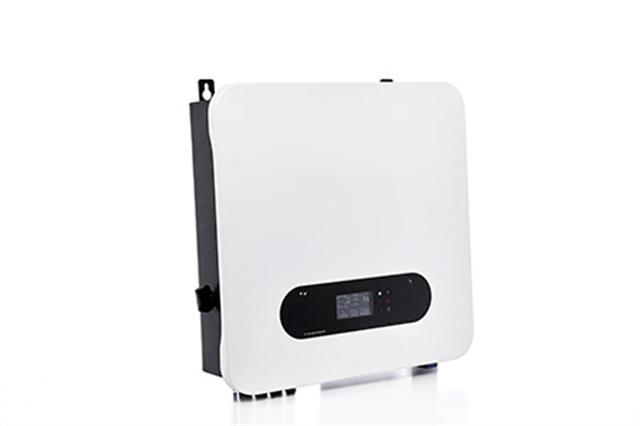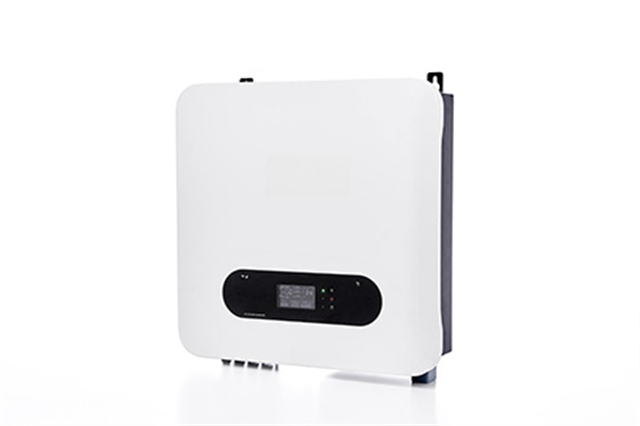Author:BLD Solar Energy SystemFROM:Solar System Converter Manufacturer TIME:2023-09-27
Choosing the Right Inverter for On-Off Grid

When it comes to setting up an on-off grid solar power system, one of the most important components to consider is the inverter. The inverter is responsible for converting the direct current (DC) electricity generated by the solar panels into alternating current (AC) electricity that can be used to power household appliances and feed excess energy back into the grid. With numerous options available in the market, choosing the right inverter can be a daunting task. This article aims to provide a comprehensive guide to help you make an informed decision.

The first step in choosing the right inverter is to evaluate your power needs. Consider your daily energy consumption, the number of appliances you plan to run simultaneously, and any future expansion plans. This analysis will help determine the size and capacity of the inverter required to meet your energy demands efficiently.

Next, you need to decide whether you want a grid-tied or off-grid system. A grid-tied inverter is designed to work in conjunction with the local power grid, allowing you to sell excess energy back to the utility company. On the other hand, an off-grid inverter is used in standalone systems where there is no access to the grid. Consider your location, energy independence goals, and regulatory requirements before making this choice.
Another important consideration is the type of wave output needed from the inverter. Pure sine wave inverters produce high-quality power that is identical to the electricity supplied by the grid, making them compatible with all types of appliances. Modified sine wave inverters, on the other hand, produce a blocky waveform that may not be suitable for sensitive electronics. Evaluate your appliance requirements and choose the appropriate type accordingly.
Efficiency is a crucial factor to consider as it directly impacts the overall performance and cost-effectiveness of your solar power system. Look for inverters with high efficiency ratings to minimize energy losses during the conversion process. A higher efficiency rating also means that the inverter can handle more power without overheating.
The reliability and durability of the inverter are paramount, as it is expected to operate continuously under different weather conditions. Choose an inverter from a reputable manufacturer known for producing reliable and long-lasting products. Look for certifications and warranties to ensure that you are investing in a high-quality product.
Advanced inverters come equipped with monitoring and control features that allow you to track your system's performance and make necessary adjustments. Look for inverters with built-in data loggers, Wi-Fi connectivity, and mobile app integration. These features make it easier to monitor energy production, detect faults, and optimize system performance.
Lastly, consider your budget when selecting an inverter. While it's tempting to choose the cheapest option available, compromising on quality and features may cost you more in the long run. Strike a balance between your budget and the required specifications to ensure you get the best value for your money.
Choosing the right inverter for your on-off grid solar power system is crucial for ensuring optimal performance and efficiency. Evaluate your power needs, consider the type of system, wave output, efficiency, reliability, monitoring features, and budget to make an informed decision. Remember to consult with experts or professionals in the field if you require additional guidance. With the right inverter, you can maximize the benefits of your renewable energy system and contribute to a greener future.
